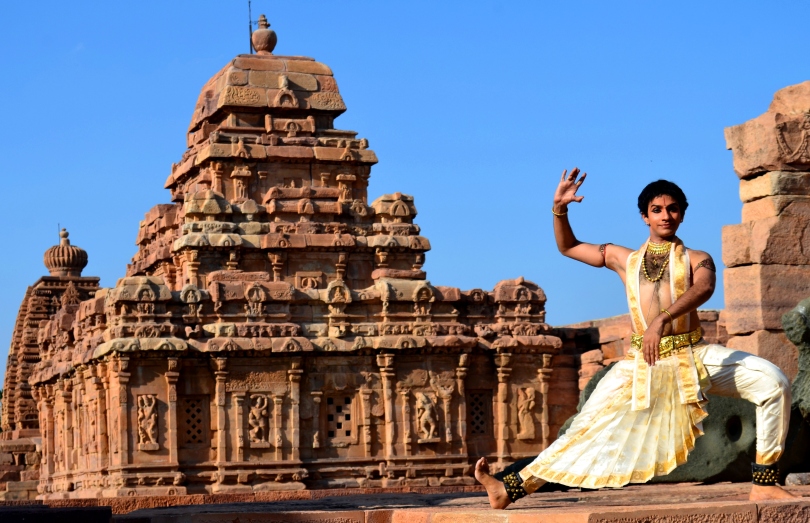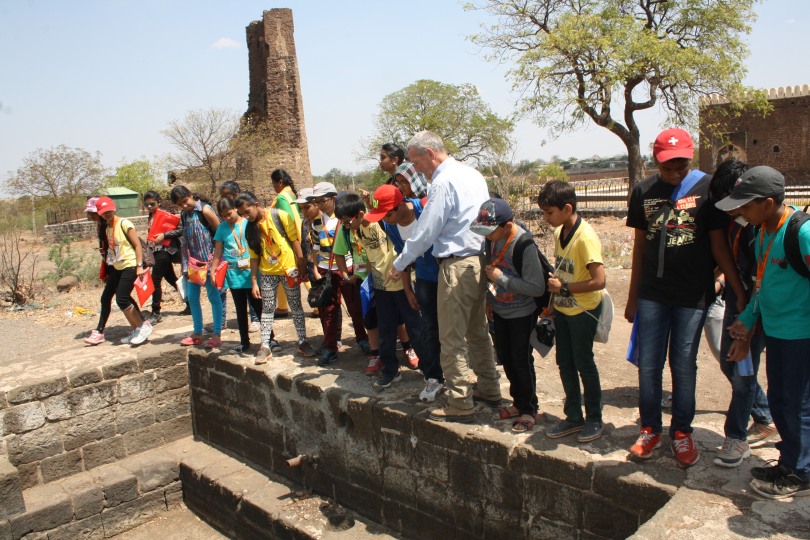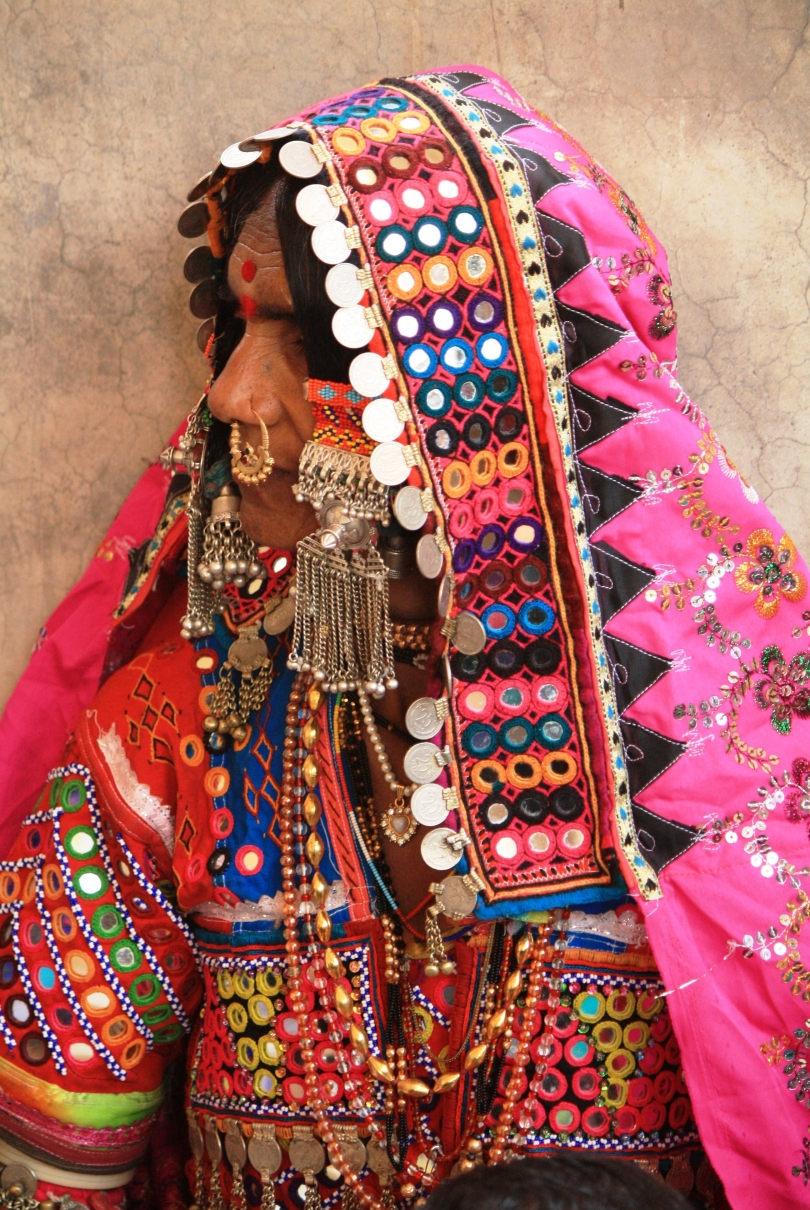In India, we are blessed with the legacy of a rich heritage – tangible and intangible. Some of the historical monuments are centuries old and don’t fail to enthral generation after generation. These monuments are filled with stories – of communities that lived there, their occupation their lifestyle, their art and culture. These spaces provide excellent opportunities to not just learn about history but also about the heritage that surrounds it – both natural and cultural heritage.
While history is the study of our past; heritage refers to the objects and values that belong to the past, looked after in the present for the benefit of the future. Heritage – tangible or intangible, gives us a sense of identity & belonging. It gives us insights into where we come from and who we are and helps build understanding and respect for diversity.
Our recent experiential learning journey to explore the ruins of Pattadakal and Bijapur – with an archaeologist, a guide, a renowned Bharatnatyam dancer, a French researcher, and a bunch of students in tow – provided different perspectives about our past that we otherwise fail to learn from school textbooks.
It all started with a site based learning programme that we designed for school kids as part of the Somaiya Center for Experiential Learning.
Along with 44 kids and a few teacher volunteers, we set off at 7am from a place called Sameerwadi in Bagalkot district of Karnataka. Our first destination was Pattadakal – a place known for its exquisite display of both the Indo-Aryan and Dravidian style of architecture. These beautiful sepia coloured majestic temple structures chiselled to perfection are a delight to the eyes and the soul.
 Mr Chandru was our local guide and one with excellent storytelling skills and full of fascinating trivia spoke with passion as he explained how Pattadakal got its name – ‘Patta’ means ‘Crown’ and this is where the kings of the Chalukyan dynasty were crowned”! It was the place of coronation! The river Malaprabha at this location flows South to North just like river Ganga does at Varanasi. This is considered very auspicious and perhaps one of the reasons selected as a place of importance by the Kings.
Mr Chandru was our local guide and one with excellent storytelling skills and full of fascinating trivia spoke with passion as he explained how Pattadakal got its name – ‘Patta’ means ‘Crown’ and this is where the kings of the Chalukyan dynasty were crowned”! It was the place of coronation! The river Malaprabha at this location flows South to North just like river Ganga does at Varanasi. This is considered very auspicious and perhaps one of the reasons selected as a place of importance by the Kings.

Mr Pavitra Krishna Bhat is a renowned Bharatnatyam dancer and alumni of S.K Somaiya College of Art and Commerce. Dressed in his vibrant Bharatnatyam costume he highlighted the various sculptures and narrated the secret stories hidden therein using dance as a medium of communication. His session on ‘movement’ highlighted how one art-form informs and inspires other different art forms.

Bijapur also known as Vijayapura, which is not too far away from Pattdakal was our second destination. The dusty city is dotted with old monuments, tombs, mausoleums, old city walls, and the very famous Gol Gumbaz (the Circular Dome) – that displays the architectural prowess of the Adil Shahi dynasty. What fascinated us the most was the cultural confluence in art and architecture! This city of domes and minarets has architectural and engineering masterpieces that exemplify the confluence of many cultures in the Deccan – where lotuses bloom on geometric minarets, where paintings of yoginis hang alongside those of fakirs and princes, and where a poem may have words in Urdu and Sanskrit in such beautiful balance that it makes you want to dance!
We learn much about conflicts in our history books but the rich cultural heritage that underlines the essence of India can best be experienced through a minds-on – a hands-on approach to learning. Bijapur is a perfect place to discover how two cultures coming together can create both conflict and confluence.

Our 3 days were spent in a plethora of activities from understanding traditional water harvesting systems employed during the Adil Shah period that is still active to working with local nomadic tribes to learn their intricate embroidery techniques and just marvelling at the use of ‘stucco’ as a building material that has stood the test of time.

Our students also spent time trying to influence other tourists to be more mindful regarding littering around the monuments! They observed uncouth behaviour among other tourists and students visiting the monuments and reflected on their own behaviour. With the help of officers from the Archeological Survey of India, students discussed the need for conservation and the myriad issues in protecting our shared heritage.
At the Somaiya Center for Experiential Learning we design immersive learning experiences in the areas of Heritage Conservation and Environmental Sustainability that enables participants to be curious, creative, think critically and feel empowered to participate in issues that affect the community and the world around them.
By
